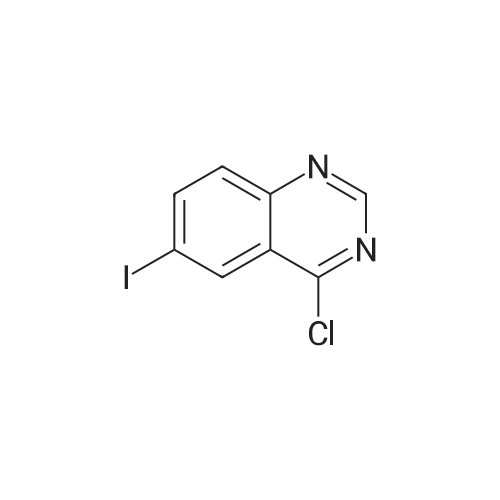Exploring the Potential of Lapatinib, Fulvestrant, and Paclitaxel Conjugated with Glycidylated PAMAM G4 Dendrimers for Cancer and Parasite Treatment
Uram, Lukasz
;
Wrobel, Konrad
;
Walczak, Malgorzata
, et al.
Molecules,2023,28(17):6334.
DOI:
10.3390/molecules28176334
PubMed ID:
37687164
More
Abstract: Fulvestrant (F), lapatinib (L), and paclitaxel (P) are hydrophobic, anticancer drugs used in the treatment of estrogen receptor (ER) and epidermal growth factor receptor (EGFR)-pos. breast cancer. In this study, glycidylated PAMAM G4 dendrimers, substituted with F, L, and/or P and targeting tumor cells, were synthesized and characterized, and their antitumor activity against glioma U-118 MG and non-small cell lung cancer A549 cells was tested comparatively with human non-tumorogenic keratinocytes (HaCaT). All cell lines were ER+ and EGFR+. In addition, the described drugs were tested in the context of antinematode therapy on C. elegans. The results show that the water-soluble conjugates of G4P, G4F, G4L, and G4PFL actively entered the tested cells via endocytosis due to the pos. zeta potential (between 13.57-40.29 mV) and the nanoparticle diameter of 99-138 nm. The conjugates of G4P and G4PFL at nanomolar concentrations were the most active, and the least active conjugate was G4F. The tested conjugates inhibited the proliferation of HaCaT and A549 cells; in glioma cells, cytotoxicity was associated mainly with cell damage (mitochondria and membrane transport). The toxicity of the conjugates was proportional to the number of drug residues attached, with the exception of G4L; its action was two- and eight-fold stronger against glioma and keratinocytes, resp., than the equivalent of lapatinib alone. Unfortunately, non-cancer HaCaT cells were the most sensitive to the tested constructs, which forced a change in the approach to the use of ER and EGFR receptors as a goal in cancer therapy. In vivo studies on C. elegans have shown that all compounds, most notably G4PFL, may be potentially useful in anthelmintic therapy.
Keywords:
paclitaxel ;
fulvestrant ;
lapatinib ;
glycidylated PAMAM G4 dendrimer ;
U-118 MG glioma ;
A549 NSCLC ;
HaCaT keratinocytes ;
Caenorhabditis elegans ;
proliferation and viability assays ;
cellular uptake
...More
Purchased from AmBeed:
231277-92-2

Lapatinib- and fulvestrant-PAMAM dendrimer conjugates promote apoptosis in chemotherapy-induced senescent breast cancer cells with different receptor status
Anna Lewińska
;
Konrad Wróbel
;
Dominika B?oniarz
, et al.
Biomater. Adv.,2022,213047.
DOI:
10.1016/j.bioadv.2022.213047
PubMed ID:
35917687
More
Abstract: Lapatinib (L) and fulvestrant (F) are used in targeted anticancer therapies, in particular, against phenotypically different breast cancer cells. L, a dual inhibitor of EGFR and HER2 tyrosine kinases, is active against HER2-positive breast cancer cells, while F, a selective estrogen receptor degrader (SERD), is active against ER-positive breast cancer cells. However, the action of L and F can be limited due to their relatively low water solubility and bioavailability. In the present study, poly(amidoamine) (PAMAM) dendrimer G3 was functionalized with L or F or L and F to compare their effects with free L or F against breast cancer cells with different receptor status (ER-positive MCF-7, triple negative MDA-MB-231 and HER2-positive SK-BR-3 cells). L-PAMAM and F-PAMAM conjugates potentiated cytostatic and cytotoxic action of L and F that was accompanied by elevated levels of autophagy. TRDMT1, RNA methyltransferase, was also involved in this response as judged by TRDMT1 nuclear translocation and nano-drug resistance of TRDMT1 gene knockout cells. Nano-drugs also promoted elimination of doxorubicin-induced senescent breast cancer cells by apoptosis-mediated senolysis regardless of receptor status. In conclusion, we propose a novel anticancer approach based on L-PAMAM and F-PAMAM nanoplatforms being effective, at least, against breast cancer cells with different phenotypic features.
Keywords:
Lapatinib ;
Fulvestrant ;
Nano-drugs ;
Breast cancer ;
Therapy-induced senescence ;
Senolysis
Purchased from AmBeed:
231277-92-2


 Chemistry
Chemistry
 Pharmaceutical Intermediates
Pharmaceutical Intermediates
 Inhibitors/Agonists
Inhibitors/Agonists
 Material Science
Material Science















 For Research Only
For Research Only
 120K+ Compounds
120K+ Compounds
 Competitive Price
Competitive Price
 1-2 Day Shipping
1-2 Day Shipping











